Moles tunnelling through my new rose garden- ugh
Denise Hall
8 years ago
Featured Answer
Sort by:Oldest
Comments (17)
hoovb zone 9 sunset 23
8 years agolast modified: 8 years agoDenise Hall thanked hoovb zone 9 sunset 23Related Discussions
Moles in my new yard?
Comments (4)Thank you very much for the info & the link. You kind of drove home what I already feared - trapping them (and it looks like "trapping" in this case is code for killing) them seems to be the answer. I just hate the idea of it and I am not even sure that any of the top surface runs are being used right now - I caved in several and see no re-building at all. Maybe I will be REALLY lucky and they will all be very old tunnels in an old uncared for lawn. Or maybe the useless Schnauzers that I took outside and made a big show over pointing out to them the mole tunnels (only to be met with lazy house Schnauzers laying down in the lawn and taking a mid afternoon nap) scared away the moles?!? - And how is it that 2 dogs will knock over furniture to chase a mayfly in the house, and yet the little critters that they were bred to chase in the lawn evoke absolutely no reaction - at any rate, I am going to get top soil today and try to fill the dips in the lawn and hopefully I will realize that the moles have truly moved on to greener pastures - or in this case, lawns. I really don't mind killing things that sting or bite (or that I will eat), but in general I hate killing things just for living in the same space in which I want to live....See MoreTunneling varmints ate all my perennials this winter!
Comments (41)In the midst of all the grub and cannibalism reports, one little thing about voles stood out sharply to me in one of the posts, and was unremarked upon by others: The relationship of mulches to voles: I have very large gardens and serious vole problems (not moles), but this year I was keeping careful notes and it is the beds with the mulches that had the worst damage. Also the beds with plants that had been carried in large pots with a loose composted-bark laden potting soil for a summer. (I moved three truckloads of plants from my VA garden several years ago. In order to do that I had to pot them up in large pots, so they still have reservoirs of this transitional soil around them.) My native soil is a gravelly loan but I have expended a lot of effort to incorporate huge amounts of organic matter in the beds and been rewarded by the damned voles. In the newer areas which haven't been in cultivation for as long I had much less damage, even for similar (meaning identical) stock plants. So I'm going to be rethinking this. I make and apply dozens of yards of compost every year, a big component of it is composted wood chips which leave a wonderful texture but are apparently heaven for voles. Aside from my six cats (who easily kill a vole apiece per day), the only other things that seems like a good bets to me are paying much more rigid attention to removing scruffy areas late in the season and making a final big push to remove every vestige of landscaping fabric which provides cover for the voles. Has anybody made wire fabric or screen vole guards around the bases of shrubs? I only see above-ground damage up to about 6 or 7 inches, so that might be feasible. Do you think they would go over and then down in? My poor Exbury Az. had a hard time of it this year. Makes you want to cry to waste three or four years growth! But they don;t seem to have done thier usual damage to the Sib. Iris. I suppose thay are saving that for late April ....@#$%^&(*&?! Molly~...See MoreHow to protect my garden from Mole animal?
Comments (8)If you mean gophers...they can be an on-going issue depending on where you live. We fight them constantly where I am. The easiest way to deal with them is by trapping them. I've tried most of the major types of gopher traps, but the only traps I've found to work consistently are these (I know they say they are for moles, but they are the perfect size for the pocket gophers we have here in southern CA). If you are against killing them for whatever reason, the only other option you have is to try to gopher-proof your garden as best as possible. You can buy/make wire baskets for your bigger plants, put the root ball into the basket when you plant, keep a few inches of the wire above ground so they don't climb over. We also have several large raised beds with hardware cloth (wire mesh) stapled to the bottoms so they can't get into the soil area for our vegetable gardens....See MoreUGH RRD.....Not my roses though, thankfully.
Comments (46)I hope that what I consider as "shoot the messenger" type attacks have ended. https://en.wiktionary.org/wiki/shoot_the_messenger --------------------------------------------------------------------- I have learned over the years that some/many people do not look at links. I had earlier in this thread posted this link: https://sites.google.com/site/roserosettevirus/home In case you are one who did not read it, I think that it is important that you are aware of the following (from my link): "However, the following suggests (to me) that many "apparent" RRV infected roses may actually only have herbicide damage. In 2013, the Texas Plant Disease Diagnostic Lab received thirty-one symptomatic samples of different rose varieties that were tested for Rose Rosette Virus. Of those thirty-one samples, only ten returned with positives finds." The above quote is from a 2014 paper presented at a meeting. As I scientist I am trained to look for alternate possibilities. I then stated: It is also possible that there are "possible false negatives" as apparently the test used above was difficult to apply. For this reason a new test has been developed:....... ---------------------------------------------------------------- I reported the 10 out of 31 numbers in this forum: http://forums2.gardenweb.com/discussions/1701253/please-help-is-this-rose-rosette Please look at the comments after I introduced the numbers. ------------------------------------------------------------------------ Now I introduced the following: " Texas A and M is coordinating the federal funded investigation. This is what they say (as of Feb 2017): "As always, if you suspect that your rose may have rose rosette disease, please send a sample into the Texas Plant Disease Diagnostic Clinic. Many times there are other plant problems confused for RRD, and plants are taken out that may not need to be. " https://dallasgardenbuzz.com/2017/02/14/rose-rosette-now-what/ H.Kuska comment: I added the bold." ---------------------------------------------------------------------- If you are not familiar with this federally funded project, here is a summary and their actual report: "An almost $4.6 Specialty Crop Research Initiative grant from the U.S. Department of Agriculture-National Institute of Food and Agriculture has launched the effort, said Byrne, project director." The above quote is taken from the following summary: https://today.agrilife.org/2014/10/03/combating-national-rose-rosette-disease-crisis-focus-of-texas-study/ The actual report: https://portal.nifa.usda.gov/web/crisprojectpages/1004350-combatting-rose-rosette-disease-short-and-long-term-approaches.html ------------------------------------------------------------------------------ Do others in the field have a concern for possible herbicide damage? The following link takes the reader to a Google search in which the keywords "rose rosette" and herbicide were used: https://www.google.com/?gws_rd=ssl#newwindow=1&q=%22rose+rosette%22+herbicide&spf=1498077375115...See MoreDenise Hall
8 years agojim1961 / Central Pennsylvania / Zone 6
8 years agosteve_gw
8 years agoDenise Hall
8 years agoDenise Hall
8 years agoPatty W. zone 5a Illinois
8 years agolast modified: 8 years agoDenise Hall thanked Patty W. zone 5a IllinoisDenise Hall
8 years agojim1961 / Central Pennsylvania / Zone 6
8 years agoDenise Hall thanked jim1961 / Central Pennsylvania / Zone 6Denise Hall
8 years agoPatty W. zone 5a Illinois
8 years agoHans
8 years agoDenise Hall
8 years ago
Related Stories
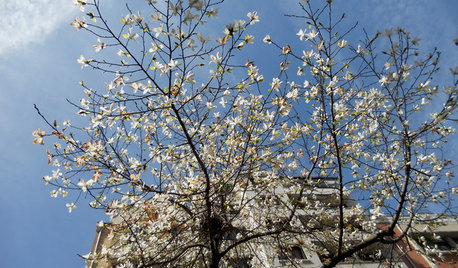
INSPIRING GARDENSBorrow Garden Ideas From Springtime in Paris
Grab a pain au chocolat and join our excursion through Parisian gardens and other green-laden spaces
Full Story
EDIBLE GARDENSHow to Grow Your Own Sweet Summer Crops
This guide will help any gardener get started on growing the freshest warm-season veggies and berries for summer
Full Story
DECLUTTERINGDownsizing Help: How to Get Rid of Your Extra Stuff
Sell, consign, donate? We walk you through the options so you can sail through scaling down
Full Story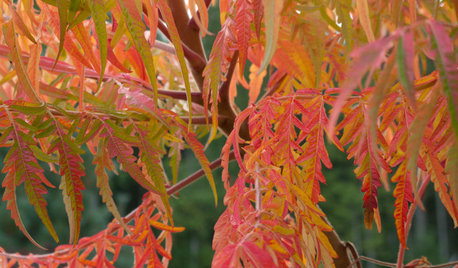
GARDENING GUIDESPacific Northwest Gardener's November Checklist
Set a festive mood with a container garden while preserving and protecting your landscape and water features
Full Story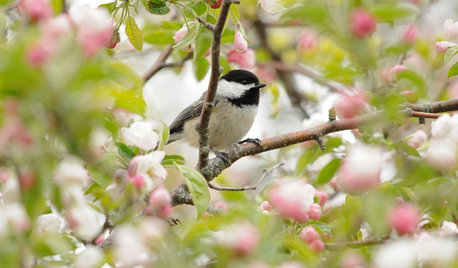
SPRING GARDENINGSpring Gardens Are Waking — Here’s What to Do in March
Excitement fills the air when gardens come back to life. These guides will help you make the most of yours
Full Story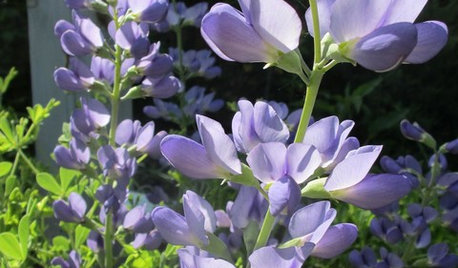
GARDENING GUIDESGreat Design Plant: Dwarf Blue Indigo Offers Carefree Beauty
Drought tolerant and a bumblebee magnet, spiky Baptisia australis may be the easiest plant you ever grow
Full Story
FALL GARDENING7 Reasons Not to Clean Up Your Fall Garden
Before you pluck and rake, consider wildlife, the health of your plants and your own right to relax
Full Story
INSPIRING GARDENSFrom Concrete Lot to Gracious Organic Garden in Seattle
Plants, pests and even weeds have a place in this landscape, which offers an edible bounty and a feast for the eyes
Full Story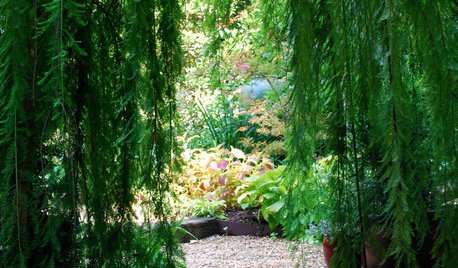
LANDSCAPE DESIGNTo Make Your Garden Memorable, Add a Hint of Mystery
An element of mystique — intriguing gates, an interplay of light and shadow, hidden views — can take your garden to the next level
Full Story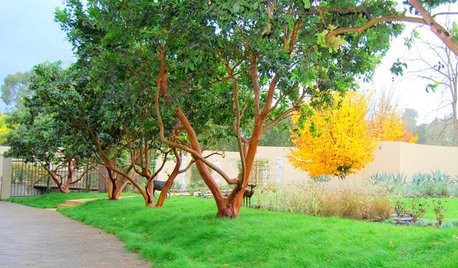
GARDENING GUIDESGarden Myths to Debunk as You Dig This Fall and Rest Over Winter
Termites hate wood mulch, don’t amend soil for trees, avoid gravel in planters — and more nuggets of garden wisdom
Full Story


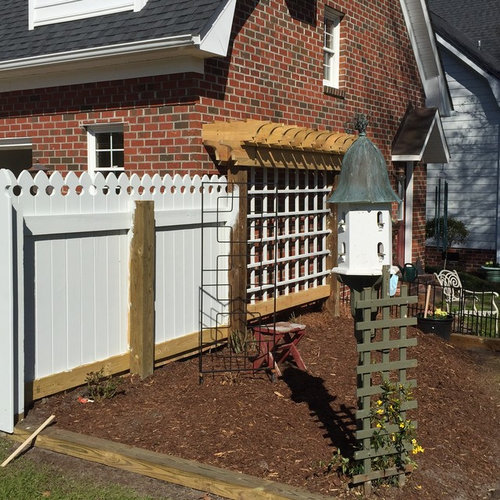
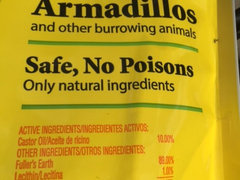

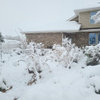
jacqueline9CA